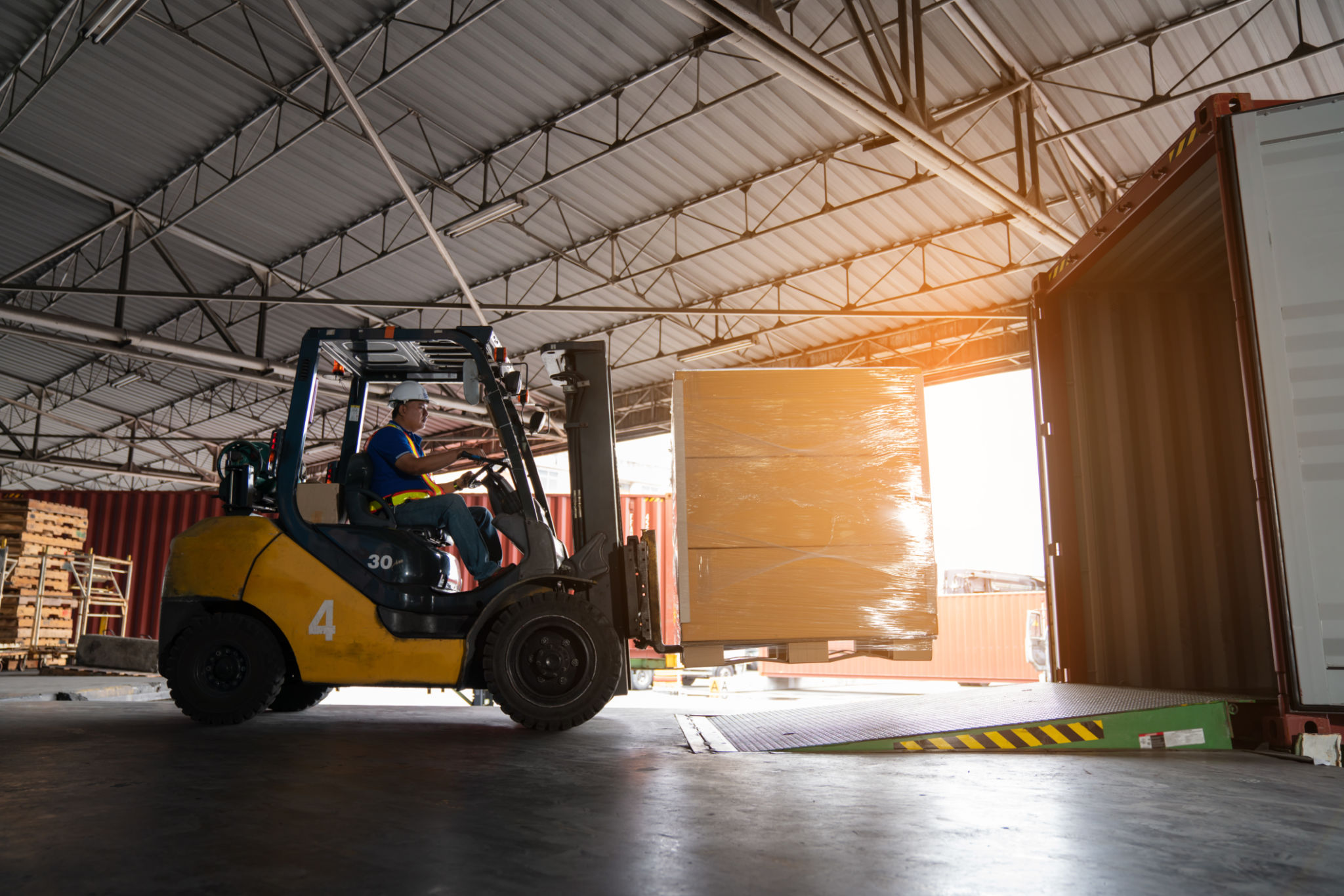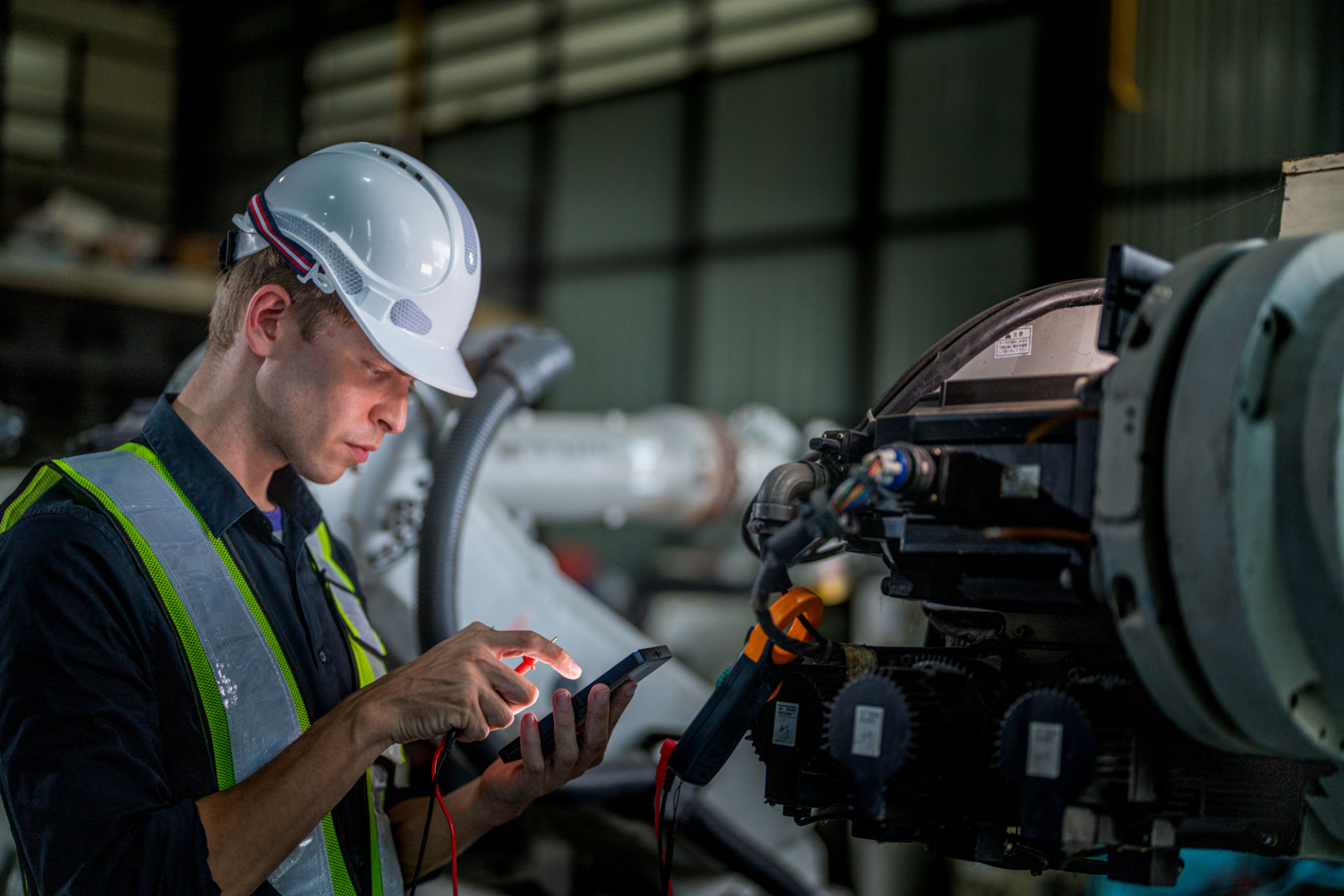Debunking Common Myths About Dock Systems
Understanding Dock Systems
Dock systems are essential components in the logistics and shipping industries. They serve as the critical interface between a facility and the transport vehicles that deliver goods. Despite their importance, there are many misconceptions about dock systems that can lead to inefficient operations and increased costs. Let's delve into some of the most common myths surrounding dock systems and set the record straight.

Myth 1: All Dock Systems Are the Same
One common misconception is that all dock systems are identical and can be used interchangeably. In reality, dock systems come in various types, each designed for specific applications. For example, some docks are tailored for heavy-duty operations, while others are optimized for temperature control in refrigerated settings. Understanding these differences is crucial for selecting the right system for your needs.
Choosing the Right Dock System
When selecting a dock system, consider factors such as load capacity, vehicle compatibility, and environmental conditions. A one-size-fits-all approach can lead to inefficiencies and even safety hazards. It’s essential to consult with a professional to determine the best system for your particular requirements.

Myth 2: Dock Systems Require Minimal Maintenance
Another prevalent myth is that dock systems are maintenance-free. While they are built to be robust and durable, regular maintenance is vital to ensure their longevity and efficient operation. Neglecting maintenance can lead to unexpected breakdowns, safety issues, and costly repairs.
Maintenance Best Practices
To keep your dock system in optimal condition, adhere to a routine maintenance schedule. This can include checking for wear and tear, ensuring all moving parts are well-lubricated, and inspecting safety mechanisms regularly. Investing time in maintenance can prevent larger issues down the line.

Myth 3: Dock Safety Features Are Optional
Some might believe that safety features on dock systems are optional add-ons rather than necessities. However, safety should always be a top priority. Dock systems handle heavy loads and large vehicles, presenting inherent risks if not properly managed.
Importance of Safety Features
Essential safety features might include vehicle restraints, dock levelers, and barrier systems. These components help prevent accidents such as vehicle creep or forklift falls. Implementing comprehensive safety measures not only protects personnel but also minimizes downtime due to incidents.

Myth 4: Dock System Installation Is a Simple DIY Task
Some businesses may assume that installing a dock system is a straightforward task that can be handled without professional assistance. However, improper installation can lead to serious operational and safety issues.
The Need for Professional Installation
Professional installers have the expertise to ensure that your dock system is set up correctly and meets all relevant safety standards. They can also offer valuable advice on optimizing dock operations for efficiency and safety.
In conclusion, understanding the truth behind these myths can help businesses make informed decisions about their dock systems. By choosing the right system, maintaining it properly, prioritizing safety features, and seeking professional installation, companies can enhance their logistics operations and reduce potential risks.